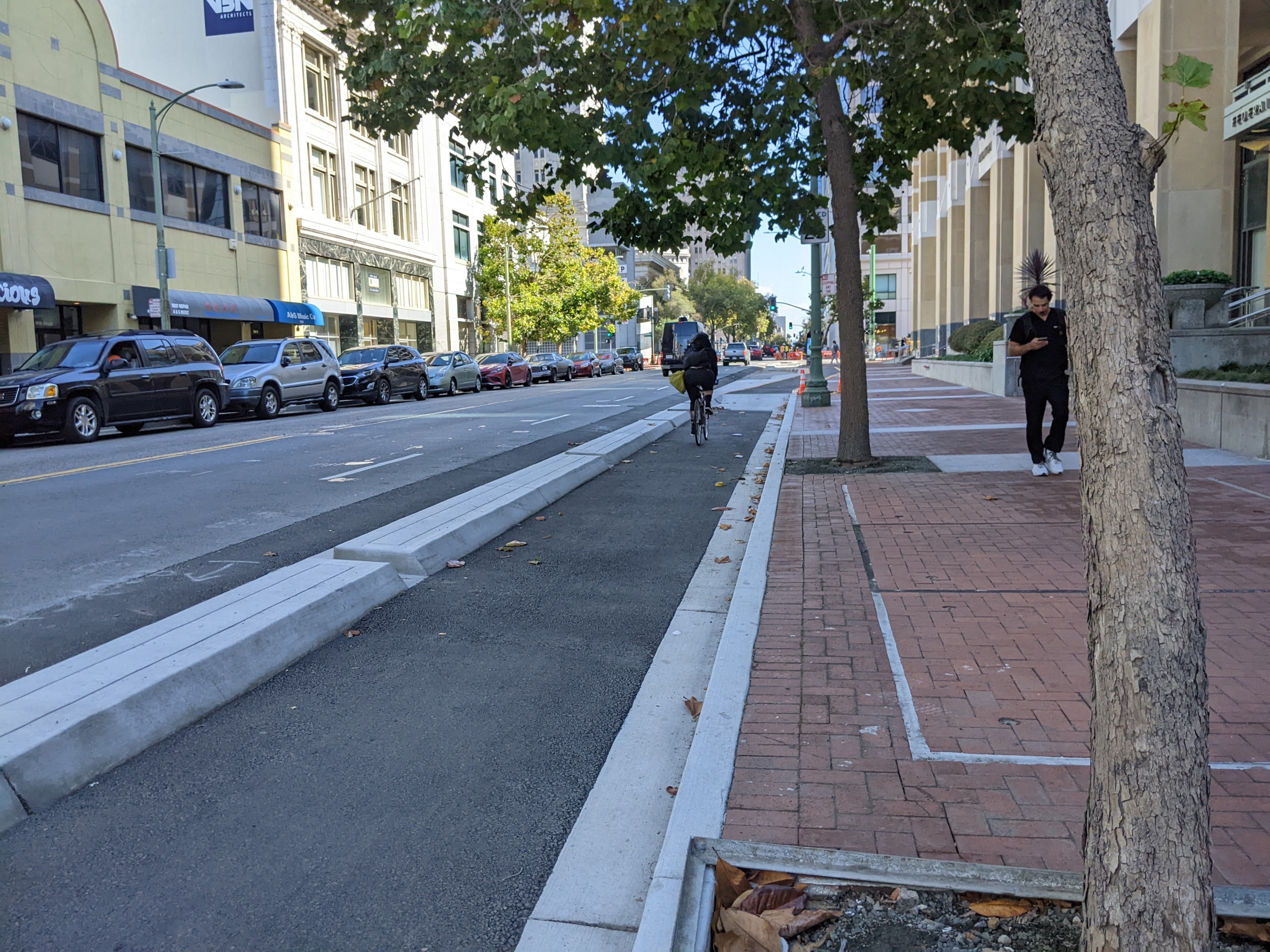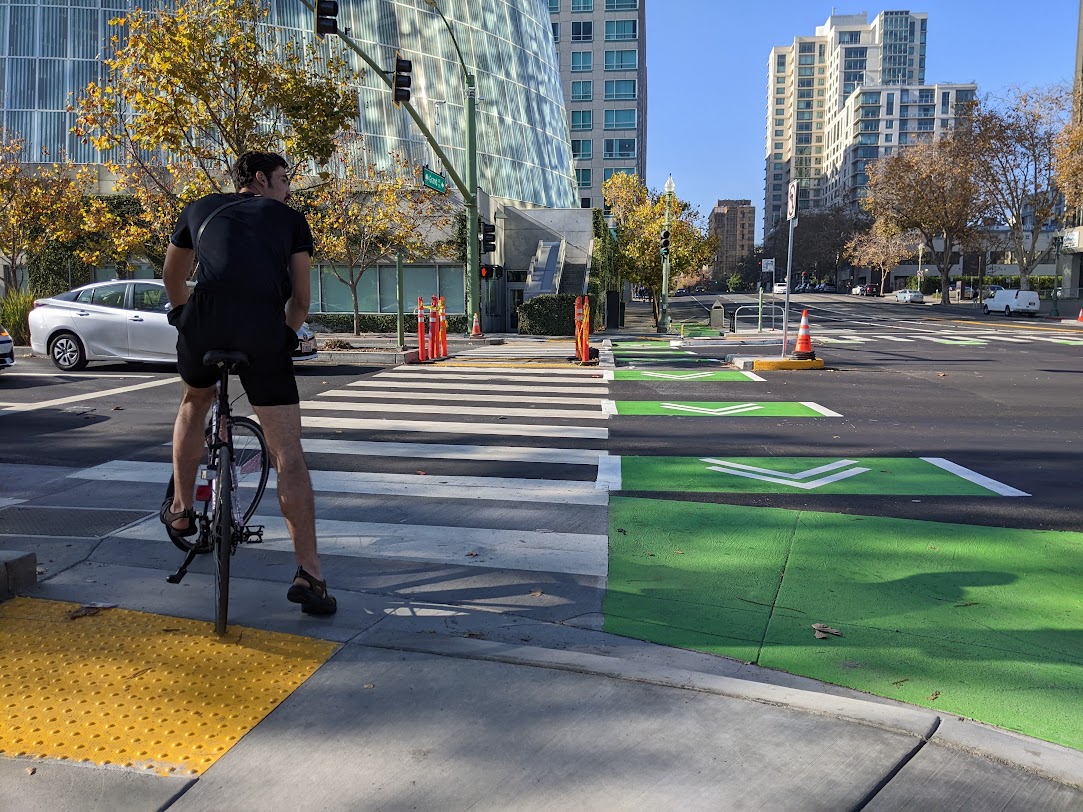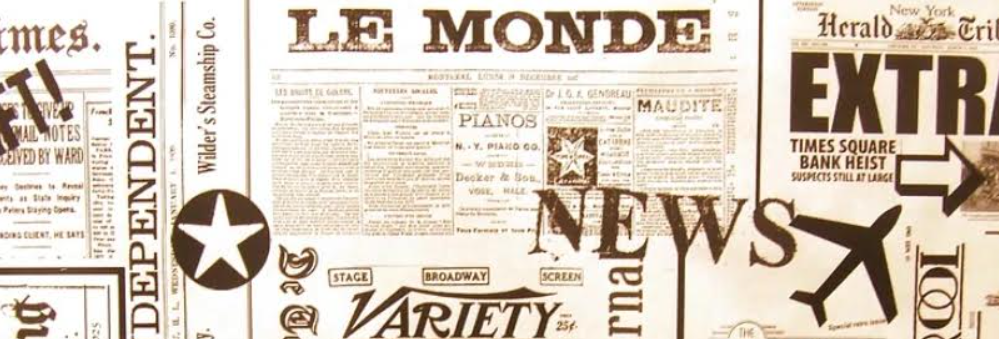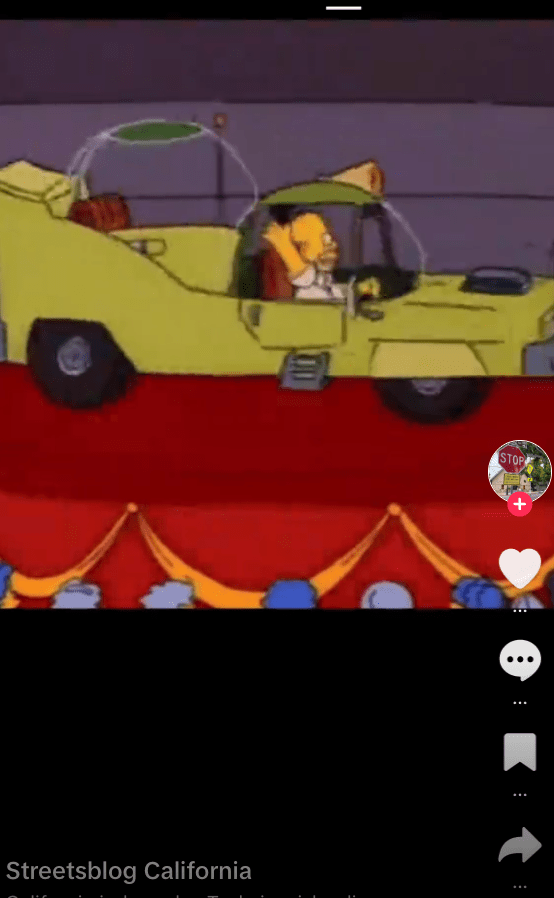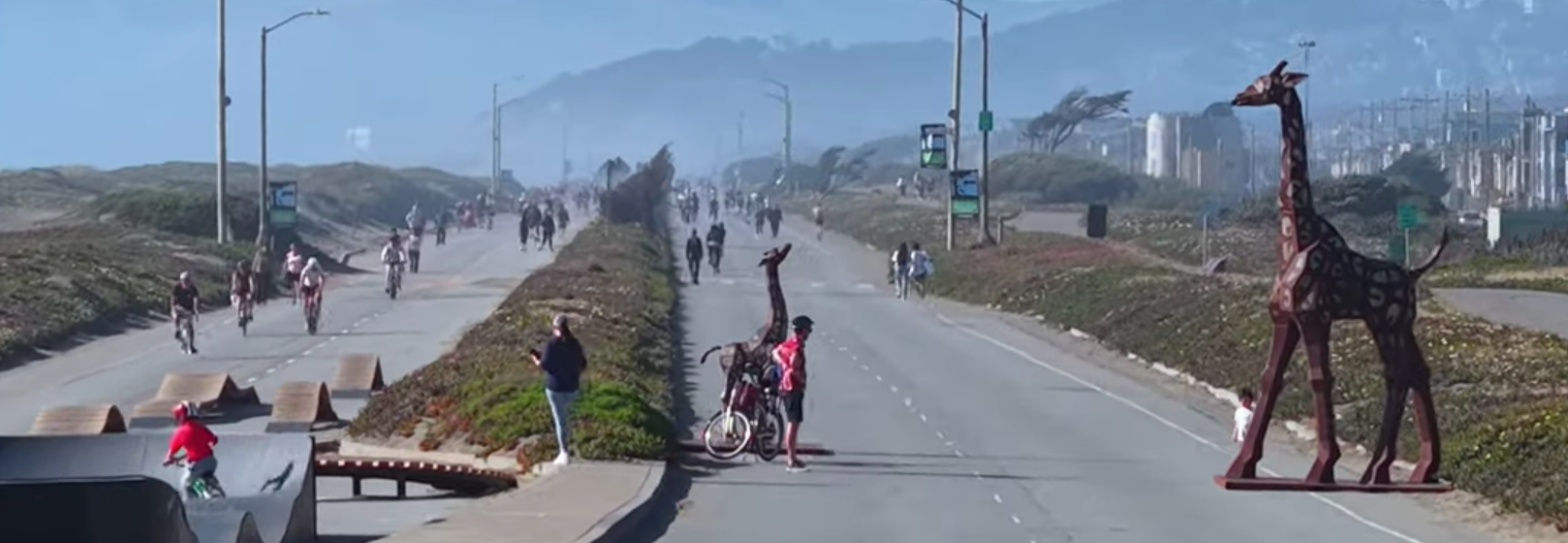"I’m not anti-car, I’m anti-speed," explained Oakland DOT director Josh Rowan, at a SPUR talk Tuesday in Rockridge. The key, he said, to making a city inviting all comes down to how it feels to walk around, and it's a big deterrent when people don't feel safe crossing the street. "We have challenges in Oakland with reckless drivers, speeding... how do we scrub some of that speed off?"
That was in response to a question from SPUR's Transportation Policy Director, Laura Tolkoff, about the highest priorities for the city. It's why his department, he explained, is focused on deterring side shows and just making it harder generally to speed. One solution: to get the community involved. "We have two painters at the Department of Transportation," he said. That means painting every intersection corner to achieve daylighting would take "maybe 100 years." That's the kind of thing a city can ask its citizenry to get involved in.
In addition, he'd like to see more standardization. "We're looking at a standard design for traffic circles." The idea, he explained, is to form a universal template that anybody can follow to install a traffic circle. "That’s something I think we can turn the community loose on." He said he's also trying to get his staff to develop street safety plans that can be implemented by the city as soon as money becomes available. "The community is a force multiplier in those types of efforts."
Oakland, he said, also suffers from illegal dumping and garbage clogging up rights-of-way. The sheer bulk of trash the city regularly removes from streets "is enough to fill the Titanic." He said there's a tendency to blame the homeless for all the litter, but really it's "haulers who come into Oakland and dump," which clogs up sidewalks and streets.
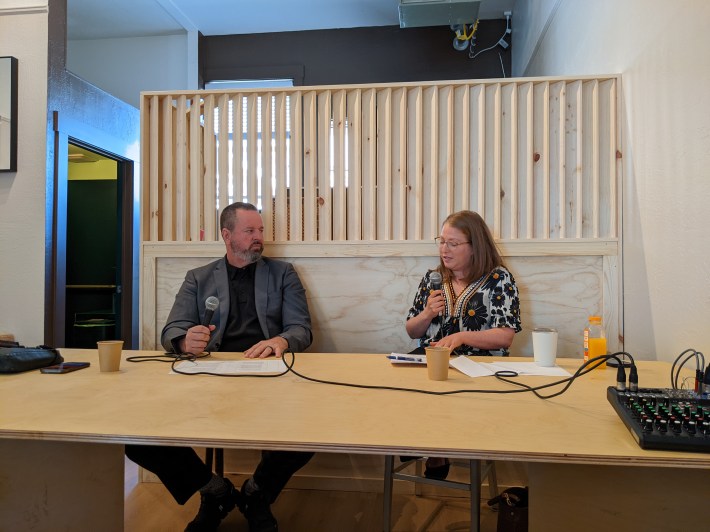
"One of the things we’re doing now on a trial basis: DOT is giving some money to pay for Oakland Police to work on stopping illegal dumping," he said. But some of it also comes down to culture. Littering is just too socially acceptable in Oakland. "We need a 'don't trash the town' campaign," he opined. "We see it as a transportation issue, because it’s in the right of way."
Fixing Oakland's streets is also a resource and staff retention issue, he said, explaining that his staff is talented but small. "When I asked the team what they were working on, they handed me a spreadsheet of 40 projects. I said 'What are your top five?'"
And that means telling too many residents of Oakland, "No, we can't work on your project right now. Everything is a crisis, everything is urgent, I told the team we have to advance the important projects... I can't afford to burn these teams out."
Oakland DOT doesn't run its own buses or trains. But Tolkoff wanted to know how the city would respond if BART and AC Transit have to reduce services due to Trump-era cutbacks or the potential failure of local funding.
He said that would result in even more cars clogging up Oakland. "The transit that we have here is amazing, it’s interesting to me that the ridership isn’t already higher than it is," he explained, adding that some of the failure falls on the city for not making the streets more inviting. "If you’re not comfortable walking from that bus stop, you’re not going to take the bus in the first place." He said the city needs to find the money to replace bus shelters and add lighting. Even if Oakland is safe statistically, a lack of street lighting makes it forbidding in too many places. And that means transit has trouble "competing with ease of access and relatively cheap parking."
But, he warned, the streets of Oakland don't really serve Oaklanders. Instead, they're too wide, too fast, and mostly act as a thoroughfare between San Francisco and the rest of the region.
In response to an audience question, he added that the city has "too many hostile, one-way streets. If I had the magic wand, I’d go to two-way." In addition, "We just have too much pavement," he said, suggesting some streets could be for buses and bikes only. "Can we turn them into areas where we plant trees, where we put parks?"
He said those wide streets, which encourage speeding and reckless driving, make Oakland a more dangerous, less attractive destination overall. "We just need to figure out how to use the streets better," he said. "And no, I won’t lose sleep getting rid of parking spaces."
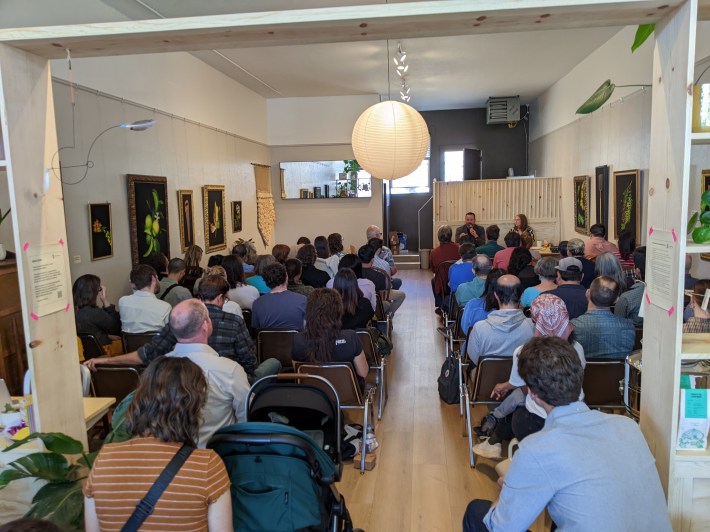
For more events like these, visit SPUR’s events page.
